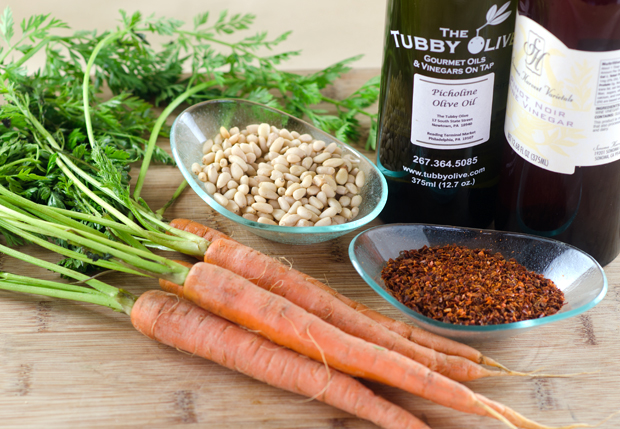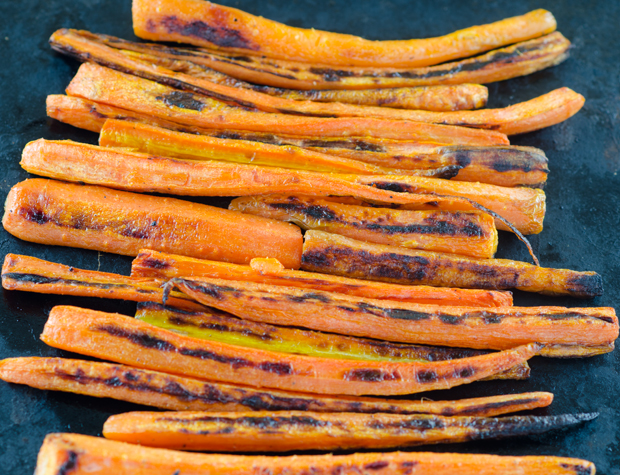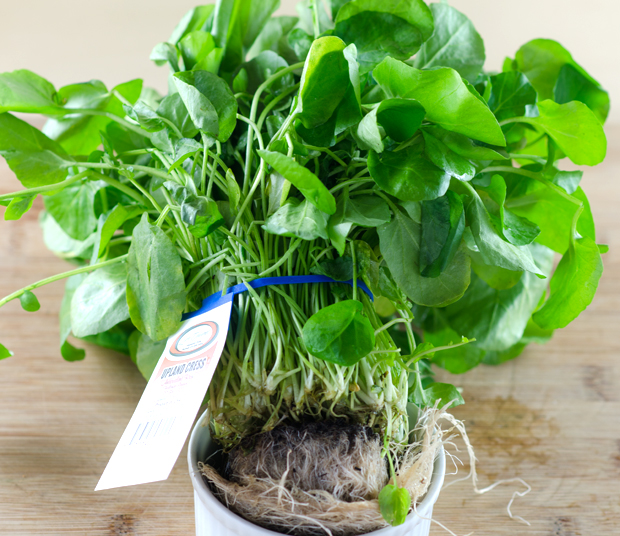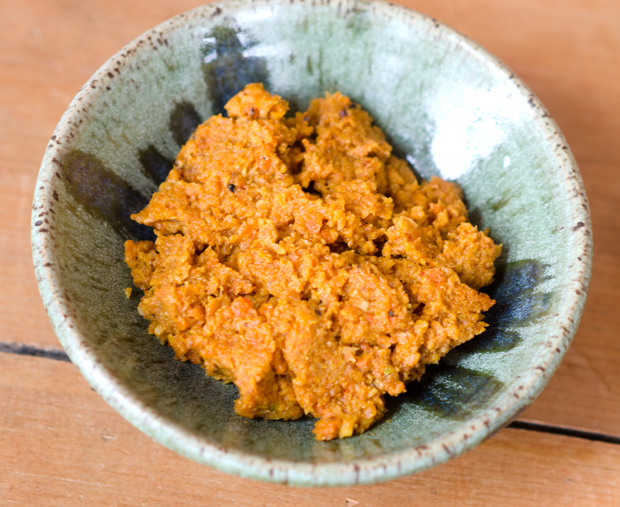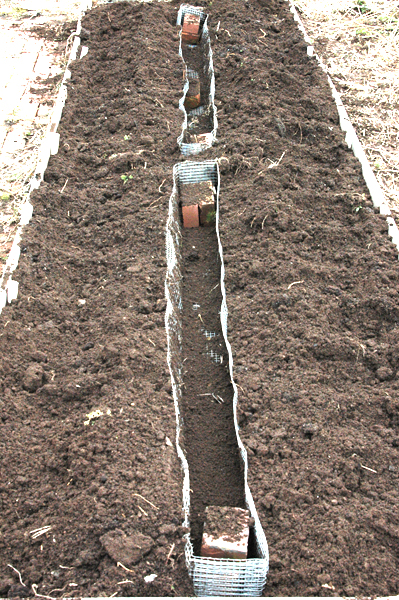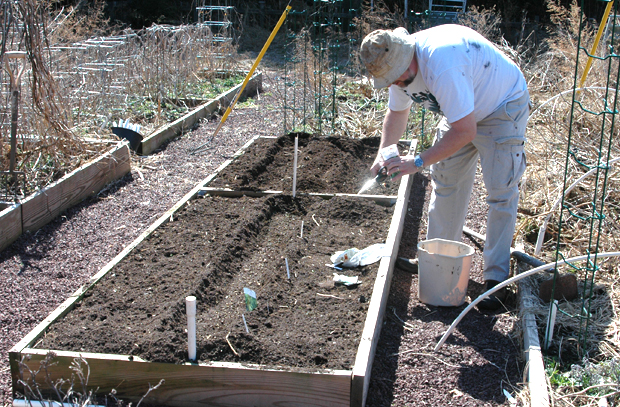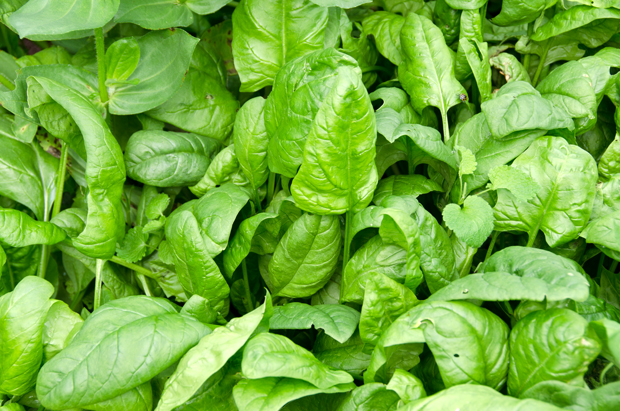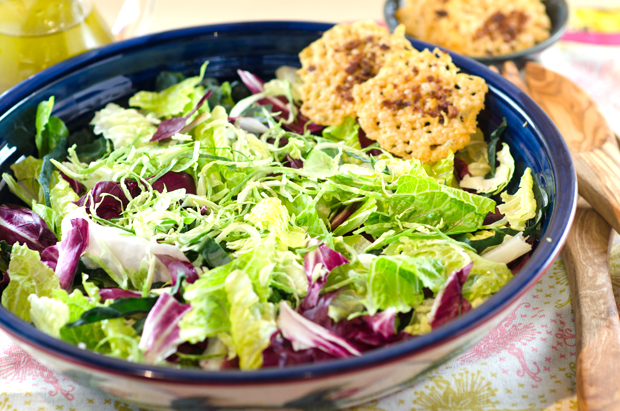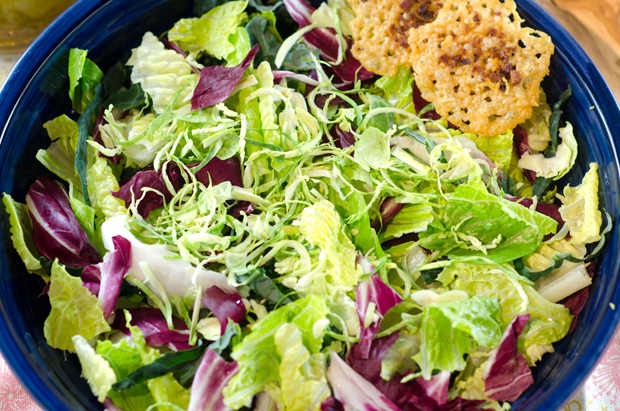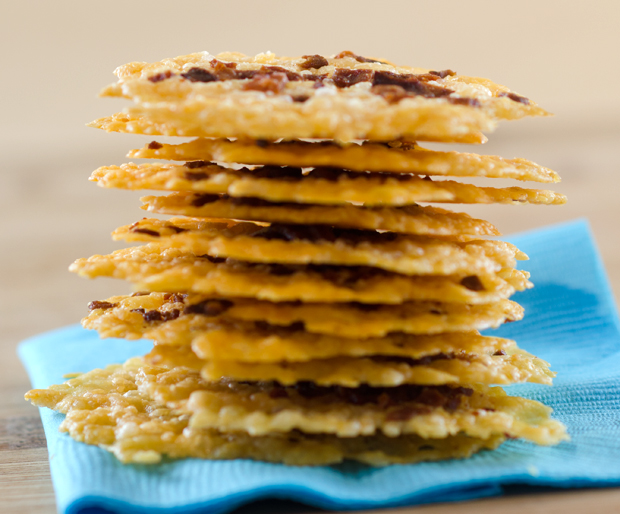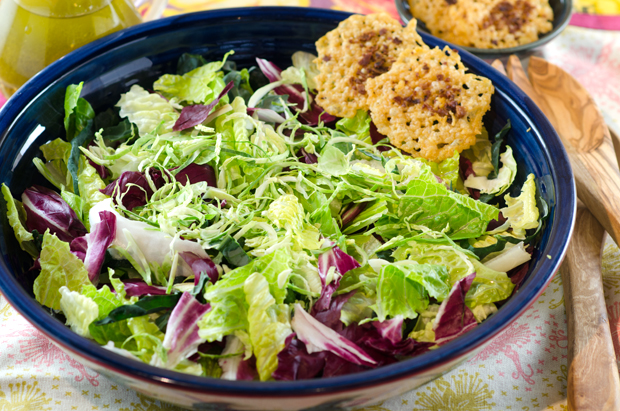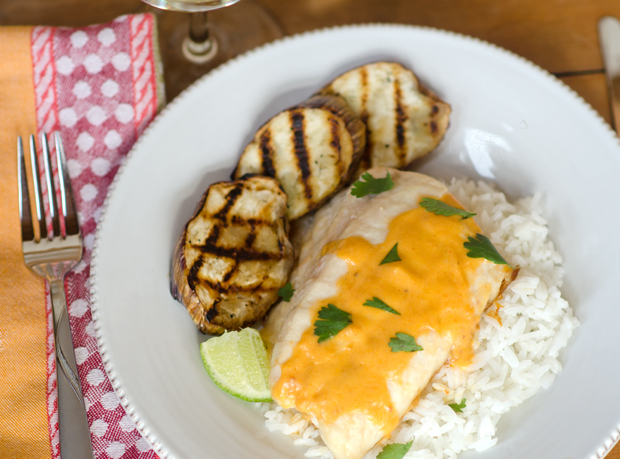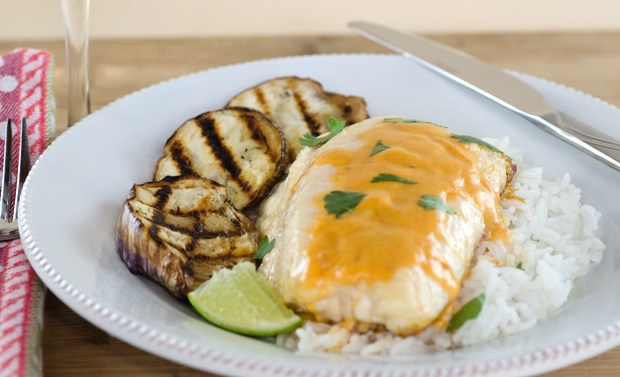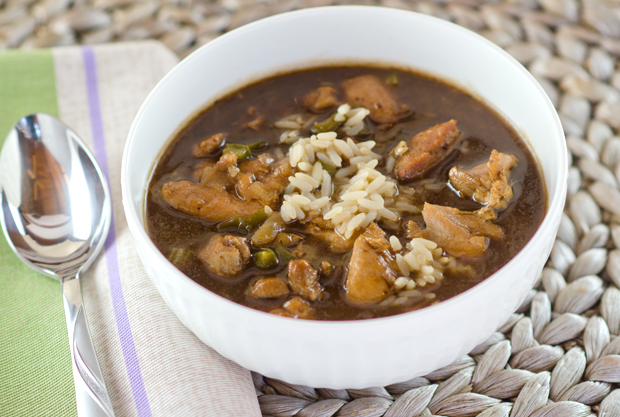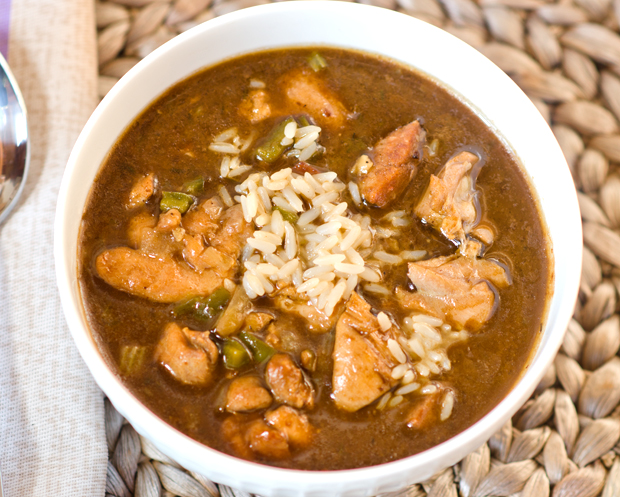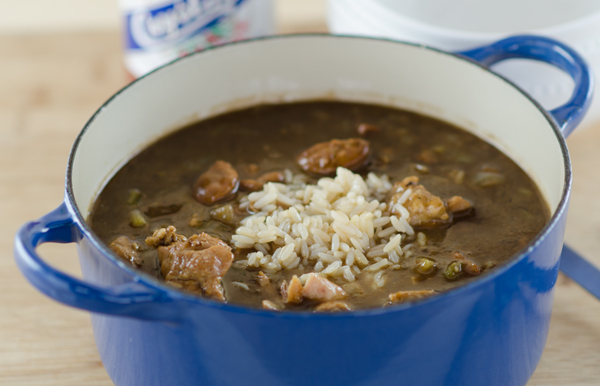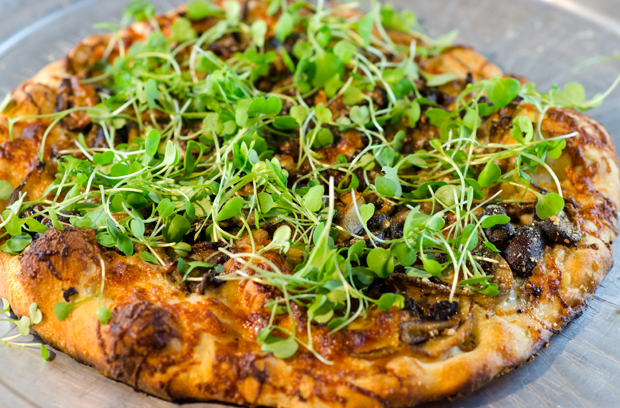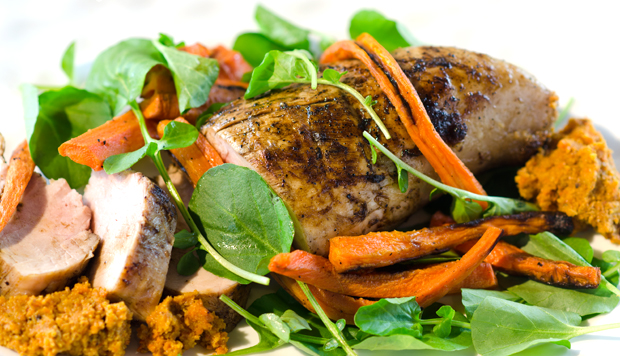 Let’s see, it’s salmon on Monday, leftovers on Tuesday, chicken on Wednesday and pork tenderloin shows up on our dinner menu most Thursdays. Boring you say, well it could be, but I am always on the look out for new ways to season and sauce that low fat and easy to cook cut of “the other white meat.” Pork tenderloin’s mild flavor lends itself nicely as a canvas for many different cuisines.
Let’s see, it’s salmon on Monday, leftovers on Tuesday, chicken on Wednesday and pork tenderloin shows up on our dinner menu most Thursdays. Boring you say, well it could be, but I am always on the look out for new ways to season and sauce that low fat and easy to cook cut of “the other white meat.” Pork tenderloin’s mild flavor lends itself nicely as a canvas for many different cuisines.
The most basic pork tenderloin recipe we enjoy is seasoned with salt and pepper and topped with a honey mustard rosemary glaze that is brushed on right before the end of cooking. We often enjoy it “Thai style” borrowing from a dish that I have enjoyed at a local Thai restaurant for many years, pork tenderloin in a spicy peanut sauce over a bed of watercress. Looking through some of the recent recipes from Bon Appetit, pork tenderloin with a carrot Romesco seemed to be quick and intriguing enough to give a try.
I am quite familiar with Romesco, a Spanish sauce of roasted peppers, tomatoes, garlic and almonds and even wrote about it here. Bon Appetit’s new version combined roasted carrots with garlic and pine nuts, definitely stretching the definition of Romesco. It does mimic the rough texture of the classic sauce, reminiscent of pesto. The roasted carrots bring a body and sweetness to the sauce that nicely compliments the pork.
Resist overcooking the pork tenderloin, nothing is worse than dried out pork. It should still be somewhat pink in color and will be quite juicy. Remember that because of carry over cooking you should take the tenderloin out of the oven when it is 5 to 10 degrees below your desired temperature. The temperature of the meat will continue to rise after it’s taken out of the oven I don’t know where Bon Appetit finds their pork tenderloins, I have never encountered one that is a pound and a half. Mine were about 3/4lb each, with two to a package.
My local market had beautiful hydroponically grown upland cress, also known as creasy greens in the south. It is a cousin of watercress with dark green heart shaped leaves with a slightly more peppery pungent flavor. I used mine right away but for longer storage could have submerged the root ball in a small container of water and kept it at room temperature for a week. I think that toasted almonds would be a good substitute for the pine nuts. Aleppo pepper adds another dimension to the sauce with it’s rich fruity heat with just a hint of tartness. Would I make this again? A definite yes. The sauce was easy to assemble and soon the carrots and the spicy greens I will be using will be harvested from our garden.
Roast Pork Tenderloin with Carrot Romesco
Serves four
From Bon Appetit Magazine April 2014
Ingredients
- 1/4c pine nuts
- 1 1/2 lbs. small carrots, peeled and halved if larger
- 5T olive oil, divided
- Kosher salt and freshly ground pepper
- 2 medium pork tenderloins, about 3/4lb each
- 1 small clove garlic, finely chopped
- 1 tsp. Aleppo pepper
- 2T red wine vinegar, divided
- 2 or more cups spicy greens like cresses or baby mustard greens
Directions
- Preheat oven to 350°F. Toast pine nuts on a rimmed baking sheet, shaking occasionally until nuts are golden brown, 5-6 minutes. Remove from baking sheet and allow nuts to cool.
- Increase oven temperature to 450°F. Toss carrots with 1T oil on another baking sheet, season with salt and pepper. Roast, tossing occasionally, until softened and browned, about 15 minutes; let cool slightly.
- Pulse pine nuts, garlic and 3T oil in a food processor to a coarse paste. Add Aleppo pepper, one fourth of the carrots, 1T vinegar and 1T water. Process, adding more water as needed to a coarse paste; season romesco with salt, black pepper and more vinegar if desired.
- Brush 1T oil in a large ovenproof grill pan over medium high heat. Season pork with salt and pepper and cook until golden brown grill marks appear on all sides, about 8 to 10 minutes. Transfer the skillet to oven and roast pork until a thermometer inserted into the thickest portion registers 135°F.Remove pork from oven and let rest for 5 minutes before slicing.
- Toss greens with remaining carrots and 1T vinegar in a large bowl; season with salt and pepper. Serve pork with romesco and salad.
